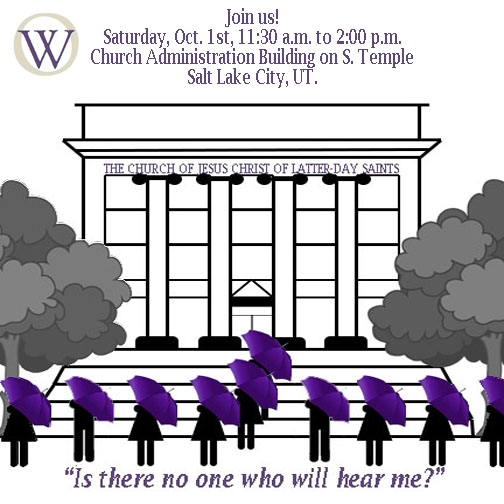Continuing revelation is a fundamental part of Mormon theology and could very well account for much of its success. The Ninth Article of Faith asserts that God “will yet reveal many great and important things pertaining to the Kingdom of God.” Mormons believe that the heavens and their canon are yet open.
The recent Gospel Topics essay “Are Mormons Christian?” asserts that Mormonism is a “restored” rather than a “reformed” Christianity. Unlike other restorationist traditions that claim restoration of a pure Christianity through a strict reading of the Biblical text, Mormons are what I term revelatory restorationists—we acknowledge the text but claim a recovery of early Christianity through the revelatory process as well as an openness to continuing revelations of the spirit, both personal and institutional. As we obtain more light and knowledge, our institutions and policies should reflect that increased wisdom. Part of the present tension in Mormonism is over how revelation occurs.
Organizationally, all recognize that only the top Mormon leadership has the authority to receive revelation for the Church and make significant institution-wide changes. Many are content to leave these aspects of the decision-making process solely in the hands of the all-male hierarchy. However, others of us believe members have and continue to play an essential part in the revelatory process by asking questions and articulating a need or concern. A member of the First Presidency, Dieter F. Uchtdorf, said as much in a 2012 world-wide LDS leadership training: “If we stop asking questions, stop thinking, stop pondering, we can thwart the revelations of the spirit. Remember, it was the questions young Joseph [Smith] asked that opened the door for the restoration of all things. … How often has the Holy Spirit tried to tell us something we needed to know, but couldn’t get past the massive, iron gate of what we thought we already knew?” A good question for all believers.
No doubt inadvertently, the challenge to raise the question of women’s ordination was articulated by former Church President Gordon B. Hinckley in a 1997 interview with reporter David Ransom. When Ransom asked if the policy of denying the priesthood to women could be changed, President Hinckley responded, “Yes. But there’s no agitation for that.”
Ordain Women joins a new generation of faith-affirming Mormons who are responding to this challenge. A number of us over the years had met with our local Church leaders to discuss issues of gender equity and inclusiveness. However, they had no power to address or remedy Church-wide structural inequality. Stuck in a sort of Catch 22, most personal letters sent to the hierarchy were routinely sent back to stake or ward leaders. Other than a few letters from the Church’s public relations department, Ordain Women’s numerous requests for dialogue have been met with silence. Because Mormons without the Priesthood lack institutional authority and access to those leaders who have the responsibility to receive revelation on behalf of the Church, public advocacy is one of the few options open to those of us who actively seek greater inclusiveness in the LDS Church, including the ordination of women.
Why does a religion, whose theology appears so hospitable to change, often seem hostile to it? Part of the problem is maintaining the integrity of the prophetic voice. If what a past LDS Church leader said can be overturned by subsequent leaders, as has happened numerous times, Mormonism must grapple with the tension between continuity and relevance for each generation, between responsiveness to changing attitudes that could mean greater inclusiveness—particularly for women and other marginalized members—and the appearance of bending to social pressure. As I see it, such a tension easily—and quite charitably– could be deflected by a simple institutional response, “We invite and listen to the questions, concerns, and needs of our members, and take them to God in prayer.”
Ordain Women’s upcoming action in October is an effort to be heard. On Saturday, October 1, 2016, from 11:30 AM to 2:00 PM, we invite all who share our hope for a more inclusive church to stand with us—in person, if possible, by proxy, if not—in front of the Church Administration Building, 47 East South Temple, Salt Lake City, UT, where, lined along the sidewalk, we will each hold purple Ordain Women umbrellas, while church officials meet inside between conference sessions, and, one by one, we will request a meeting with a general authority or general officer of the Church. “This action,” explains OW Board Chair Bryndis Roberts, “will be an opportunity to gather in person … [to demonstrate] our commitment to the cause of equality.”

Author’s note: Substantial sections of this blog post were taken from material I authored for the OW website as well as an article I wrote for the Washington Post.





